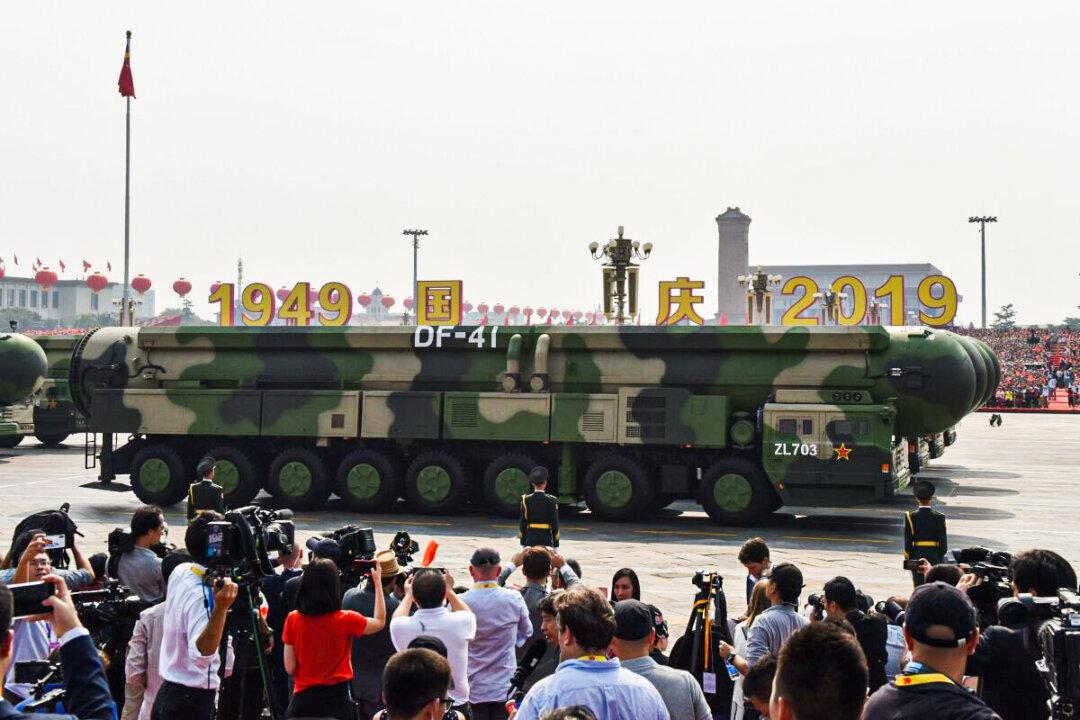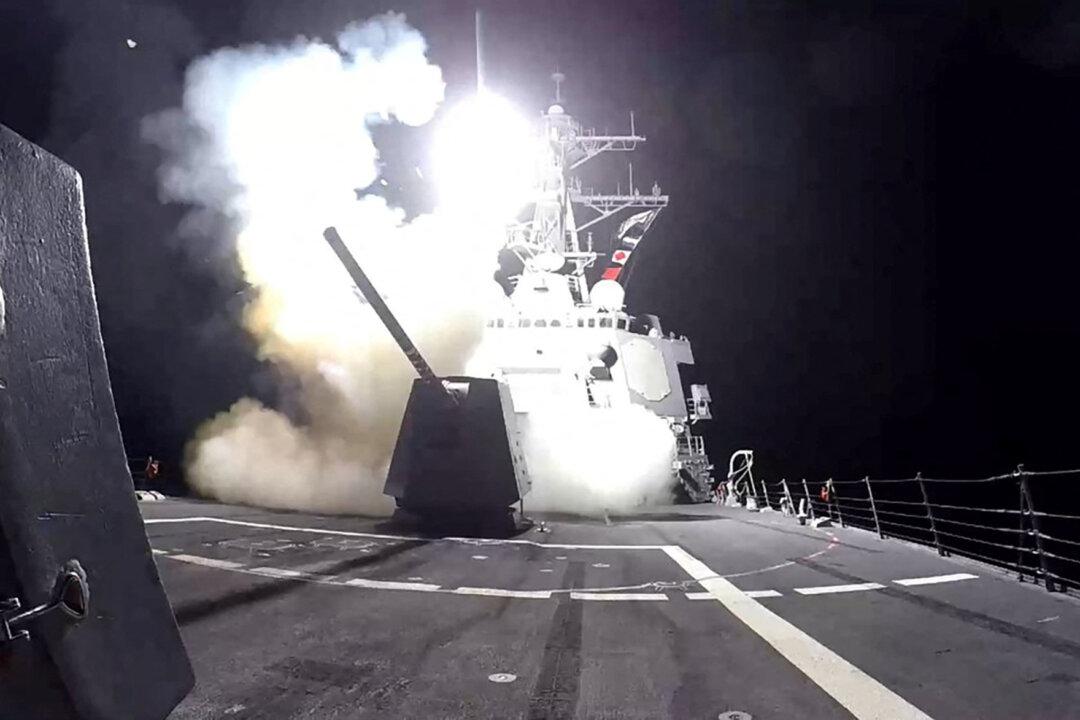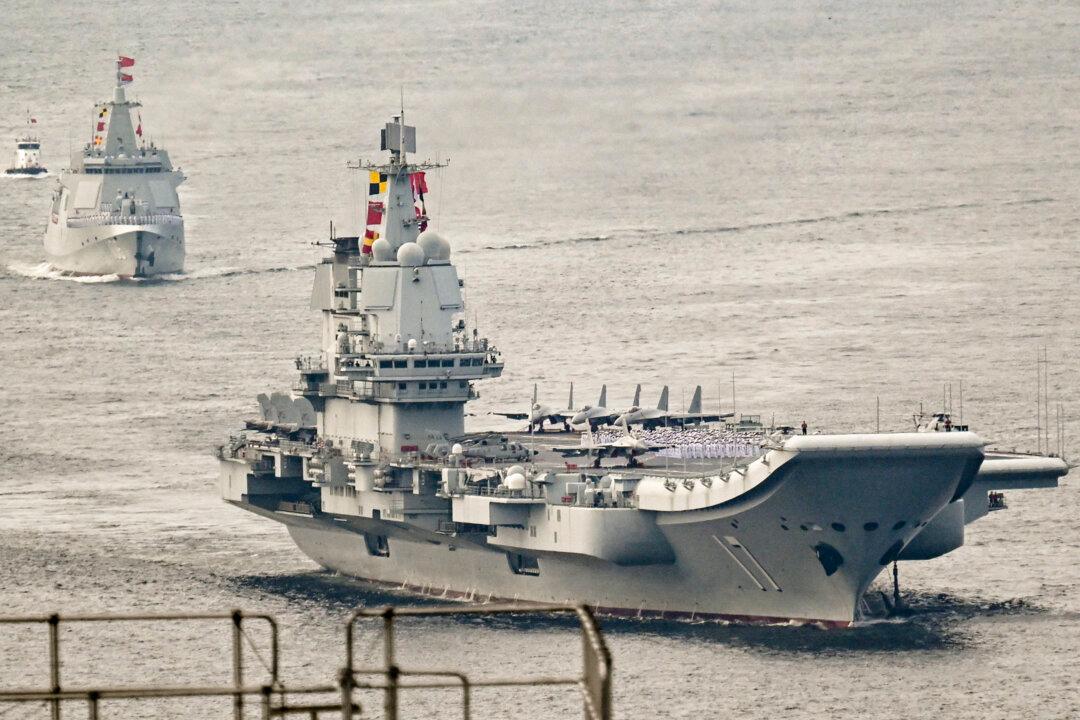China’s communist regime is in a “sprint” to nuclear parity with the United States, according to defense and security experts. Such a buildup, they warn, could diminish the United States’ capacity to resist coercion and increase the risk of war.
“China’s unprecedented expansion of nuclear forces should be of significant concern to the U.S.,” said Patty-Jane Geller, a policy analyst focusing on nuclear deterrence and missile defense at Washington-based think tank Heritage Foundation.




